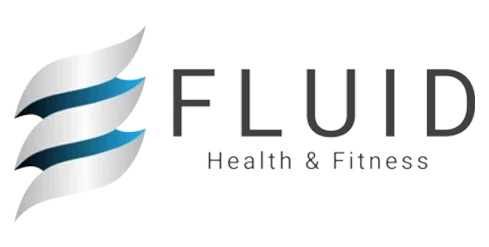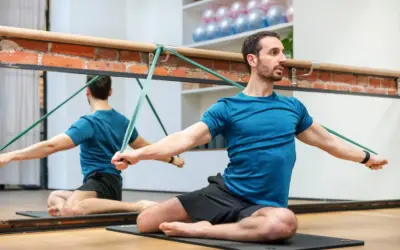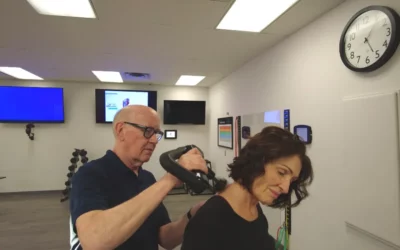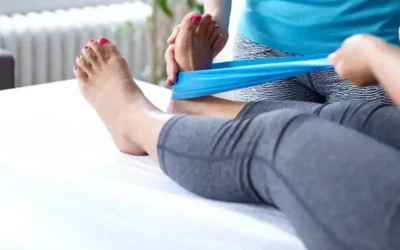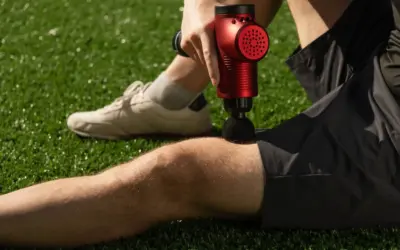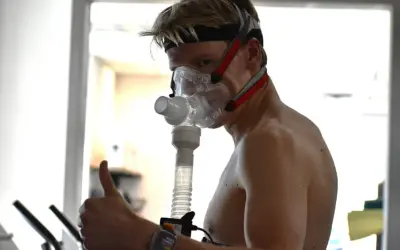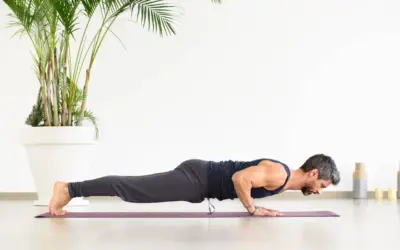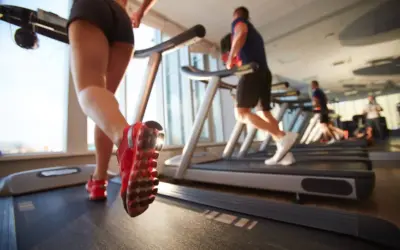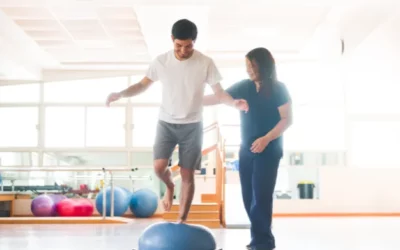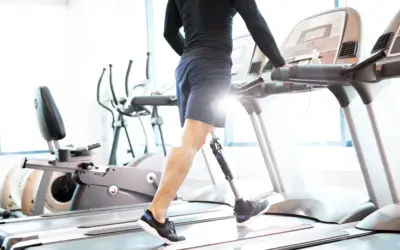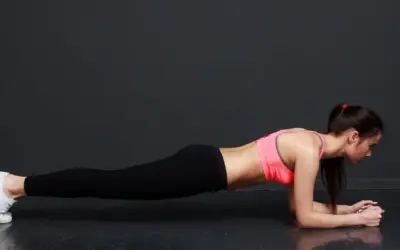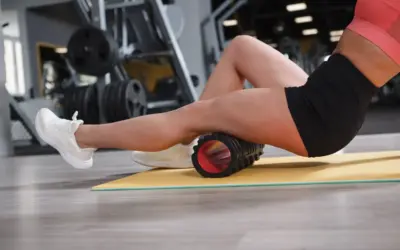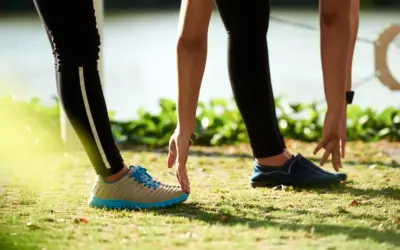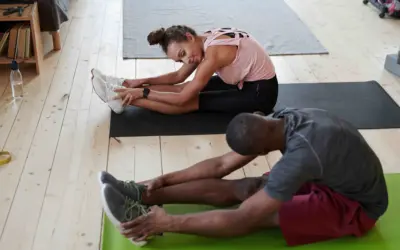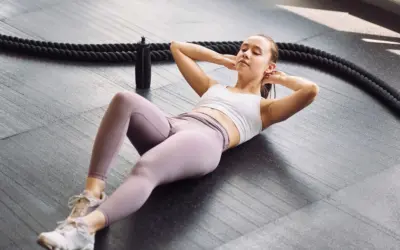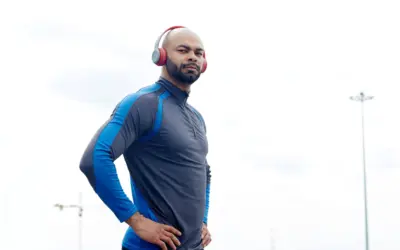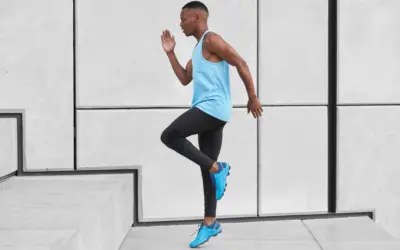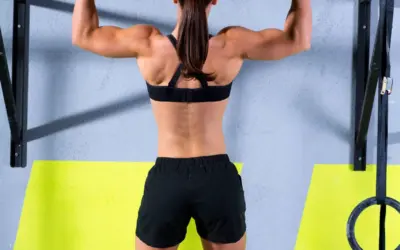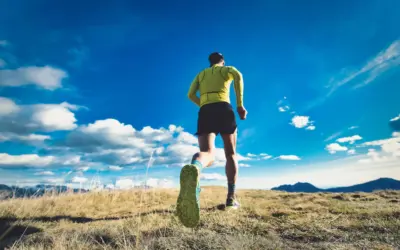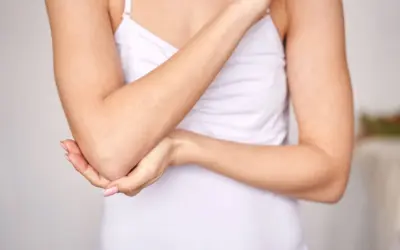Biomechanics
Traction and Distraction – Creating Space for the Joints
What is Traction and Distraction?
Traction (pulling apart) and distraction (unweighting) are self-applied joint mobilization techniques that use bands or gravity-assisted positions to decompress the joint and improve its passive motion. This promotes capsular stretch and improved joint centration.
Percussion Inhibition – Calming Overactive Tissue
What is Percussion Inhibition?
Percussion inhibition is a technique using low-speed, low-amplitude vibration through a massage gun applied to musculoskeletal junctions to calm down hyperactive or guarded muscles. It targets the neuromuscular reflex arcs that maintain chronic tension, particularly in areas prone to postural overload.
PNF Stretching – Resetting the Nervous System
What is PNF Stretching?
PNF (Proprioceptive Neuromuscular Facilitation) Stretching is a neuromuscular re-education technique that combines muscle contraction and stretching in a sequence designed to reduce neural resistance to motion. At Fluid, we use the PAPS protocol—Passive, Active, Passive, Strain.
Percussion Stimulation – Waking Up the Muscles
Percussion stimulation is a more active application of percussive therapy that uses a higher-speed massage gun to energize and prepare tissue for movement. Unlike inhibition, this technique is dynamic—used to stimulate underused or neurologically “asleep” tissue.
Unlocking the Power of Your Body’s Engine: The Oxidative Energy System and Why It Matters
When we think about improving our health, we often focus on things like diet, sleep, or resistance training. But there’s a lesser-known powerhouse system in your body that might be the strongest predictor of how long and well you live: your oxidative energy system, also known as aerobic metabolism.
Regional and Limb Control in Functional Movement
Functional movement requires precise control of the shoulders, hips, and limbs. This control is vital for performing daily tasks and complex activities without injury.
Swing Phase and Non-Loadbearing Biomechanics
The swing phase occurs when the limb is off the ground and moving to prepare for the next step. This phase emphasizes non-loadbearing mechanics, requiring coordination, flexibility, and muscle strength to execute efficiently.
Stance Phase and Loadbearing Biomechanics
The stance phase is the foundation of functional movement. It is the part of a movement cycle where your body supports weight, and it involves crucial mechanics for balance, alignment, and strength. During this phase, proper loadbearing mechanics ensure that forces are distributed evenly through your joints, reducing strain and enhancing efficiency.
Inside-Out Biomechanics – The DNS Approach
Inside-out biomechanics focuses on the idea that movement begins with the core and radiates outward. This concept, central to Dynamic Neuromuscular Stabilization (DNS), emphasizes the importance of core stability and proper breathing mechanics for efficient movement.
The Gait Cycle – Understanding How We Walk
Walking may seem simple, but it’s a highly coordinated process involving multiple joints and muscles working in sync.
Proximal to Distal Biomechanics
Proximal to distal biomechanics is the foundation of efficient movement. This principle highlights how movements originate from the core (proximal) and transfer outward to the limbs (distal).
Strategies for Improving Mobility
Improving mobility takes more than just traditional stretching. Effective mobility training involves combining flexibility, strength, and motor control.
Reactive Stretch Resistance and Intrinsic Stiffness
Sometimes, our muscles resist being stretched, not because they’re short, but because of reflexes and structural factors. Two common causes of limited mobility are reactive stretch resistance and intrinsic stiffness.
The Difference Between Flexibility and Mobility
Flexibility and mobility are terms often used interchangeably, but they are not the same. Understanding their differences can help you train more effectively and move better in daily life and sports.
Breathing Biomechanics – The Foundation of Core Stability
Breathing is more than just taking in oxygen; it’s a key player in movement and stability. The diaphragm, transverse abdominis, and pelvic floor muscles make up your inner unit, which stabilizes the core during dynamic movements.
Posture and Locomotion – Foundations of Ideal Movement
Good posture is the foundation of efficient movement. It’s more than just standing up straight; it’s about aligning your head, shoulders, spine, hips, knees, and feet in a way that minimizes strain and maximizes function.
Planes of Motion – Understanding the Body’s Blueprint
Movement is not random. It occurs in specific directions, governed by what are called planes of motion. These imaginary lines divide the body and help us understand how and where movement happens.
Types of Muscle Contractions – The Push and Pull of Movement
Muscles work by contracting, and there are several types of contractions that dictate how we move. Each type serves a unique purpose and plays a crucial role in different activities.
How Muscles Work Together in Movement
The human body is a masterpiece of collaboration. Muscles don’t work alone; they function as part of a team to produce smooth, coordinated movement. Each muscle plays a specific role, and understanding these roles can help us move more efficiently and prevent injury.
Muscle Functions – The Power of Teamwork
Muscles are the body’s unsung heroes, working behind the scenes to keep us upright, moving, and functioning. But not all muscles play the same role. Some are designed to work tirelessly throughout the day (tonic muscles), while others spring into action for short bursts of power and movement (phasic muscles).
